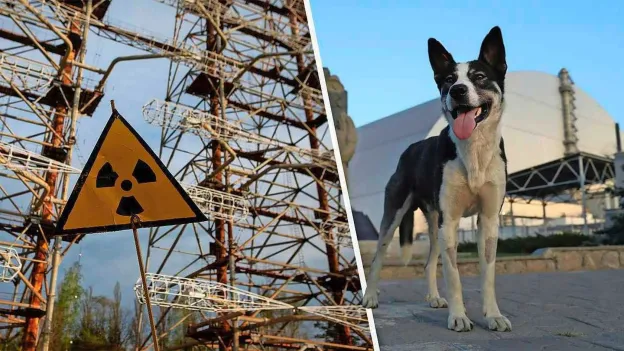Tsjernobyl's Wildlife: Dogs Thrive in Nuclear Exclusion Zone After Tragic Past

2
Science
April 25, 2025 14:14
tsjernobyl, ukraine - Discover the resilience of stray dogs in Tsjernobyl's exclusion zone, evolving genetically to survive radiation exposure. Scientists reveal insights on their social behavior and unique genetic adaptations.
Tsjernobyl's 'Paradoxical Oasis' Teems with Life After 39 Years
Despite a tragic past of abandonment and extermination, stray dogs in the Tsjernobyl exclusion zone have thrived, evolving genetic adaptations to survive in the highly toxic environment.
Survival Against the Odds
After the Chernobyl disaster, abandoned dogs faced a ruthless culling by special units to prevent contamination. However, some resilient dogs survived and their descendants now roam the exclusion zone, building a new existence.
Genetic Adaptations and Social Behavior
Recent research by the University of South Carolina and Clean Futures Fund revealed that these dogs have formed packs with social behavior more akin to pet dogs than wild wolves. Genetic analysis showed distinct groups living near the reactor and in the city of Tsjernobyl.
The group near the reactor displayed genetic changes suggesting adaptation to radiation exposure, a rare feat in the animal kingdom. Ongoing studies aim to understand the long-term health implications for these remarkable survivors.
Diverse Wildlife and Biodiversity
While dogs dominate the narrative, Tsjernobyl has become a haven for various wildlife, including wolves, bears, lynxes, and over two hundred bird species. Despite concerns like genetic abnormalities in birds, populations remain stable and resilient, showcasing nature's ability to rebound.
Human Intrusion and Nature's Resilience
As human visitors trickle back as tourists, Tsjernobyl stands as a testament to nature's resilience. Over 124,000 visitors explored the area in 2019, with contrasting scenes of techno parties amidst the echoes of past canine cries.